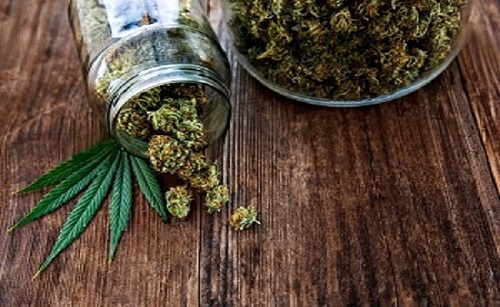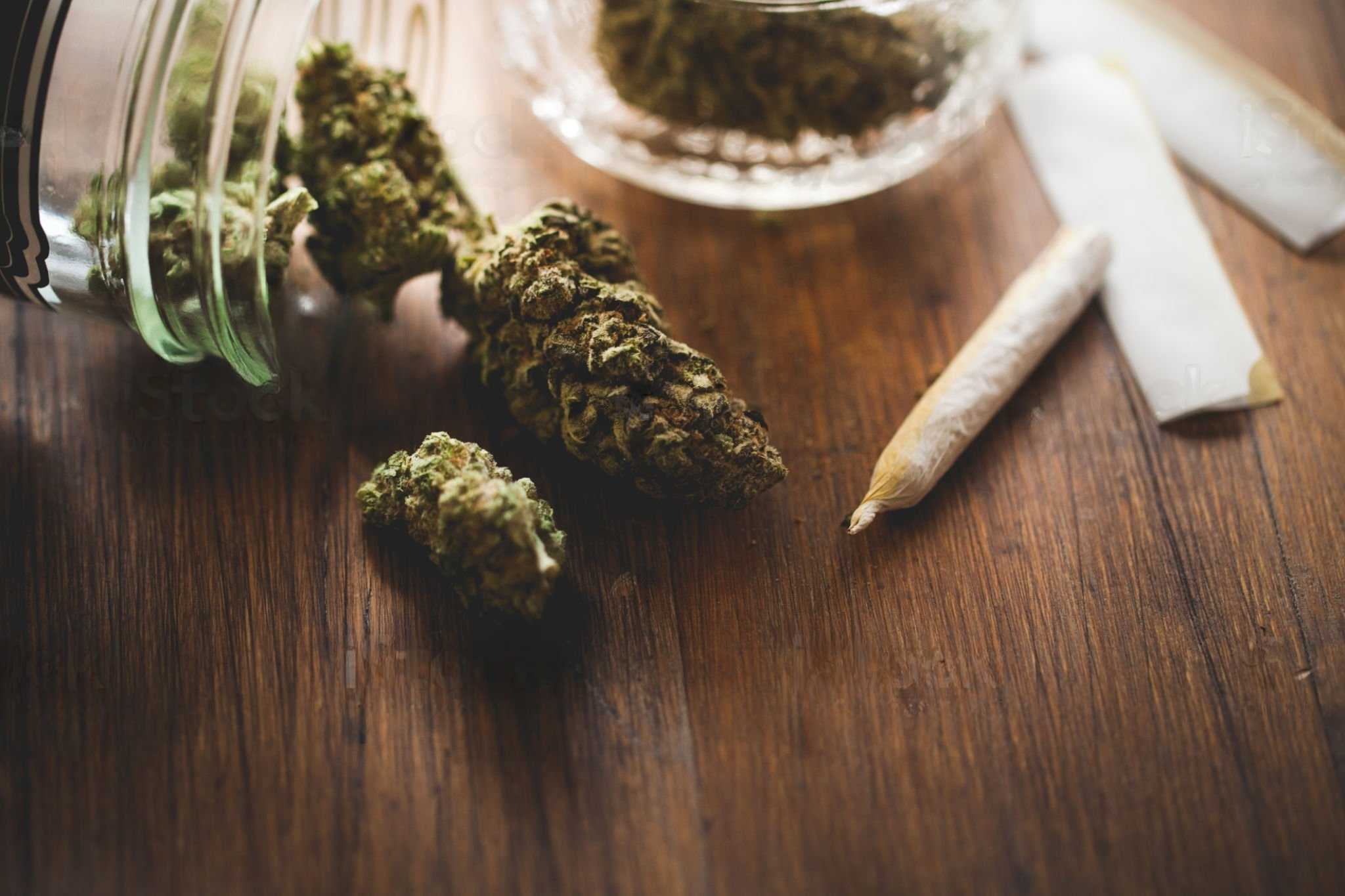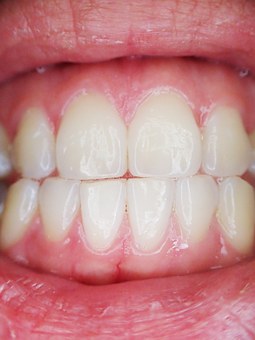Cannabis has long been associated with relaxation and recreation, but in recent years, its potential role in fitness and athletic performance has sparked significant interest. With the growing legalization of cannabis and an evolving understanding of its effects on the human body, many are exploring whether it can enhance workouts, recovery, and overall fitness goals. This article delves into the potential benefits and risks of incorporating cannabis into a fitness routine.
The Science Behind Cannabis and Exercise
Cannabis contains compounds called cannabinoids, such as THC (tetrahydrocannabinol) and CBD (cannabidiol), which interact with the body’s endocannabinoid system (ECS). The ECS plays a vital role in regulating various physiological processes, including mood, pain, inflammation, and energy balance.
- THC: Known for its psychoactive properties, THC may help reduce pain and improve focus in small doses but can impair coordination and judgment in higher amounts.
- CBD: A non-psychoactive compound, CBD is praised for its anti-inflammatory and analgesic properties, making it a popular choice for recovery.
Potential Benefits of Cannabis for Fitness
- Pain Management
Many athletes use cannabis to manage chronic pain or soreness from intense workouts. Both THC and CBD have analgesic properties, which can help reduce discomfort and improve mobility.
- Enhanced Recovery
Inflammation is a natural response to exercise but can hinder recovery if excessive. CBD’s anti-inflammatory properties may speed up recovery by reducing muscle soreness and promoting relaxation.
- Improved Focus and Mindfulness
Low doses of THC or CBD may enhance mental clarity and focus, making it easier to stay engaged during workouts. Cannabis can also promote a heightened sense of mindfulness, beneficial for practices like yoga and meditation.
- Reduced Anxiety
For those who experience pre-workout jitters or performance anxiety, cannabis, particularly CBD, may help create a sense of calm and confidence.
- Increased Enjoyment
Some users report that cannabis makes exercise more enjoyable, encouraging consistency and motivation. Activities like running or hiking may feel less monotonous, leading to longer, more fulfilling sessions.
Ways to Incorporate Cannabis into Your Fitness Routine
- Pre-Workout
- Low-THC Products: Use a microdose of THC to enhance focus and reduce pain sensitivity. Avoid high doses to prevent impairment.
- CBD Oils or Tinctures: Take CBD 30 minutes before a workout to help with anxiety and inflammation.
- During Workouts
- Topical CBD Creams: Apply to sore muscles or joints for localized relief without psychoactive effects.
- CBD-Infused Hydration: Some athletes use CBD-enhanced drinks to stay hydrated and reduce inflammation during extended training sessions.
- Post-Workout Recovery
- CBD Edibles or Capsules: These can aid in reducing muscle soreness and improving relaxation.
- THC-CBD Blends: A balanced product can help manage post-exercise pain and promote deep sleep, essential for recovery.
Activities That May Benefit from Cannabis Use
- Yoga and Meditation: Cannabis can enhance relaxation and mindfulness, making it ideal for yoga and meditation practices.
- Endurance Sports: Runners and cyclists may find that cannabis reduces the monotony of long sessions and provides a mild analgesic effect.
- Strength Training: Cannabis can help manage the pain and inflammation associated with weightlifting, though caution is needed to avoid impaired coordination.
Risks and Considerations
While cannabis offers potential benefits, there are also risks to consider:
- Impairment: THC can impair motor skills, reaction times, and judgment, which may increase the risk of injury during high-intensity or technical activities.
- Legal and Competitive Concerns: Athletes should be aware of local laws and regulations regarding cannabis use. Additionally, cannabis is still prohibited by many sports organizations, and positive tests for THC can lead to disqualification.
- Individual Variability: Cannabis affects everyone differently. Some individuals may experience anxiety, fatigue, or other adverse effects, which could hinder performance.
- Dehydration: Cannabis can cause dry mouth, potentially leading to dehydration during prolonged exercise. Ensure adequate hydration if incorporating cannabis into workouts.
Tips for Safe Use
- Start Low and Go Slow: Begin with a small dose to gauge how your body reacts, especially if you’re new to cannabis.
- Choose the Right Product: Opt for products specifically designed for fitness, such as CBD-infused topicals or low-dose THC edibles.
- Timing Matters: Allow sufficient time for the effects of cannabis to set in before starting your workout. For example, edibles can take 30 minutes to 2 hours to take effect.
- Consult a Professional: If you’re considering cannabis for fitness purposes, consult a healthcare provider or cannabis expert to determine the best approach for your goals.
The Future of Cannabis and Fitness
As research into cannabis and its effects on the body continues, the potential for its integration into fitness routines is becoming more evident. Many companies are developing cannabis-infused products specifically tailored to athletes, including pre-workout formulas, recovery drinks, and topicals. Moreover, as stigma diminishes and legalization expands, the conversation around cannabis and fitness is likely to evolve further.
Conclusion
Cannabis has the potential to enhance various aspects of fitness, from pain management and recovery to focus and relaxation. However, its use should be approached mindfully, with attention to dosage, timing, and individual response. Whether you’re looking to ease post-workout soreness or make your yoga session more enjoyable, cannabis can be a valuable tool when used responsibly.
By staying informed and experimenting cautiously, athletes and fitness enthusiasts can discover how cannabis fits into their unique wellness journey. As with any supplement or practice, balance and awareness are key to reaping its benefits safely.



